The mystery of avian migration has captivated scientists for centuries. How do tiny songbirds traverse continents with pinpoint accuracy, while arctic terns complete pole-to-pole journeys spanning nearly 40,000 miles annually? Recent breakthroughs in quantum biology suggest these feats of navigation may rely on an extraordinary mechanism - a biological compass operating at the subatomic level.
For decades, researchers suspected migratory birds could detect Earth's magnetic field, but the physiological mechanism remained elusive. Traditional hypotheses focused on iron-rich minerals in bird beaks or specialized photoreceptors in their eyes. However, these theories couldn't fully explain the astonishing precision observed in avian navigation, particularly during overcast conditions when visual landmarks are unavailable.
The quantum compass theory emerged from an unexpected intersection of ornithology and quantum physics. In 2000, German biophysicist Thorsten Ritz proposed that a light-sensitive protein called cryptochrome, found in avian retinas, might form the basis of a radical pair mechanism. When activated by blue light, this protein could create entangled electron pairs whose quantum states are influenced by Earth's magnetic field.
This quantum effect would essentially allow birds to "see" magnetic fields as visual patterns superimposed on their normal vision. The concept gained traction when laboratory experiments demonstrated that cryptochrome molecules do indeed exhibit magnetic sensitivity in vitro. Subsequent behavioral studies showed birds becoming disoriented when exposed to radio frequencies that disrupt quantum coherence - strong indirect evidence for the theory.
Remarkably, this quantum sensing appears to operate at ambient temperatures, defying conventional wisdom about quantum phenomena requiring ultra-cold laboratory conditions. The biological system achieves this through precise molecular structures that protect quantum states from environmental noise - a feat that physicists are still working to fully understand.
Recent research from the University of Oldenburg revealed that European robins' magnetic compass doesn't function when their right eye is covered. This lateralization suggests the quantum compass mechanism may be asymmetrically distributed in the brain, similar to how human brain functions are divided between hemispheres. The finding adds another layer of complexity to an already sophisticated biological system.
The implications extend far beyond avian biology. Understanding how nature maintains quantum coherence could revolutionize quantum computing technologies. Engineers are particularly interested in how biological systems achieve quantum effects without cryogenic cooling - a major hurdle for man-made quantum devices. Some research groups are already attempting to create bio-inspired quantum sensors based on cryptochrome proteins.
Meanwhile, conservation biologists warn that human-made electromagnetic noise - from power lines to wireless networks - might interfere with birds' quantum compasses. Several studies have documented disoriented migratory patterns near urban areas with high electromagnetic pollution. This raises urgent questions about how increasing technological infrastructure might impact migratory species worldwide.
As research continues, scientists are exploring whether similar quantum mechanisms exist in other species. Recent evidence suggests sea turtles, butterflies, and even dogs might possess some form of magnetic sensitivity. The discovery of quantum biology in such diverse organisms hints that evolution may have harnessed quantum physics much more extensively than previously imagined.
The quantum compass represents one of nature's most exquisite adaptations - a navigation system honed over millions of years that operates at the frontier of quantum physics. As we unravel its secrets, we're not only solving an ancient mystery of animal behavior but potentially unlocking new technological possibilities inspired by biological quantum engineering.
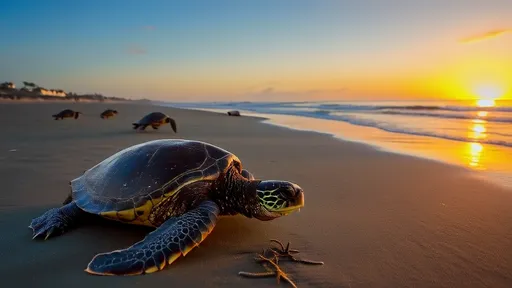
By /Jul 7, 2025
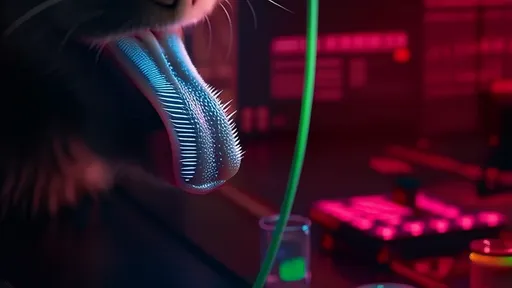
By /Jul 7, 2025
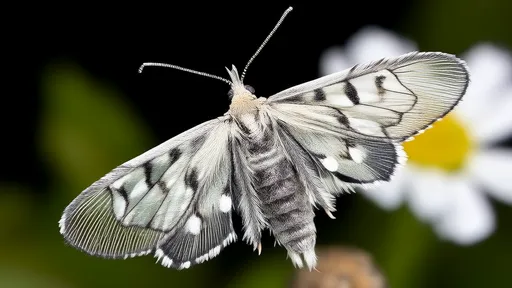
By /Jul 7, 2025
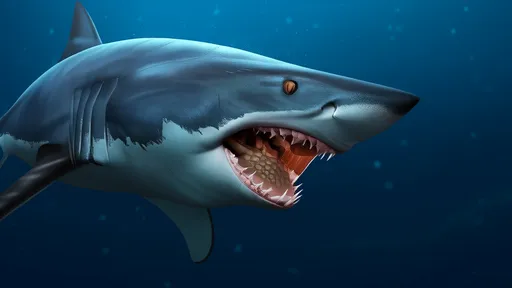
By /Jul 7, 2025
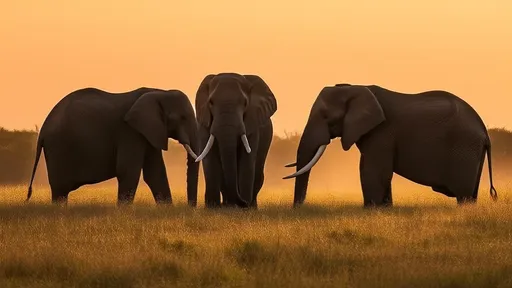
By /Jul 7, 2025
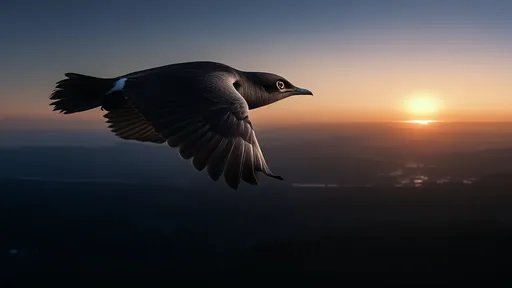
By /Jul 7, 2025
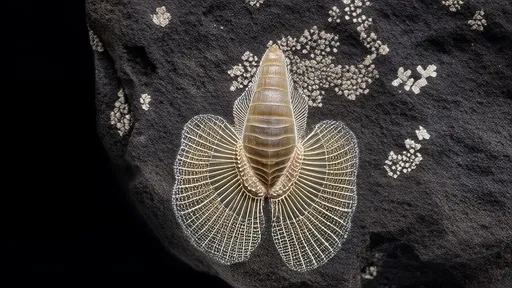
By /Jul 7, 2025

By /Jul 7, 2025
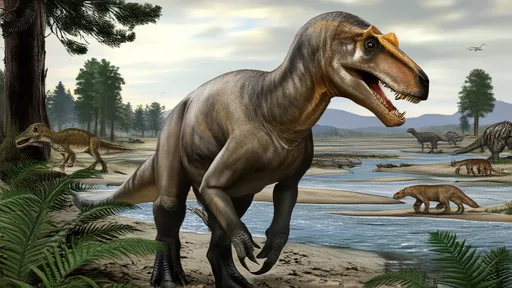
By /Jul 7, 2025
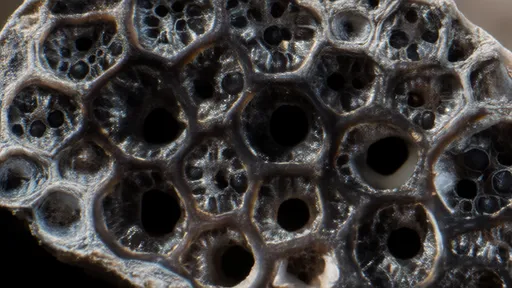
By /Jul 7, 2025
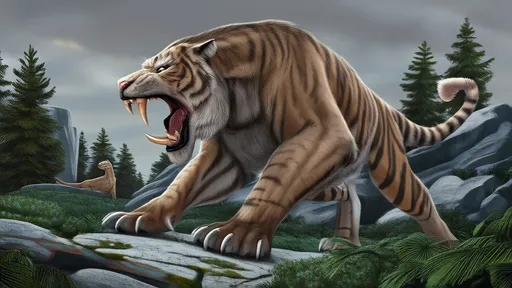
By /Jul 7, 2025
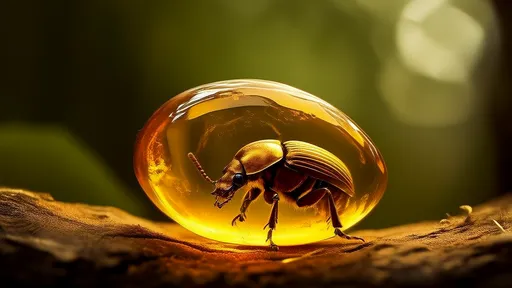
By /Jul 7, 2025
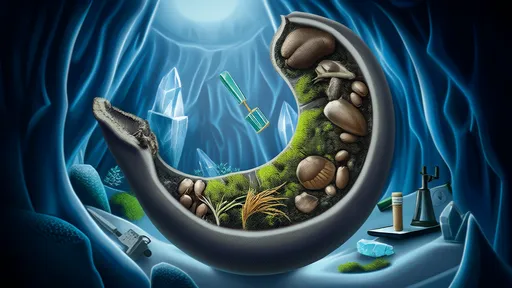
By /Jul 7, 2025
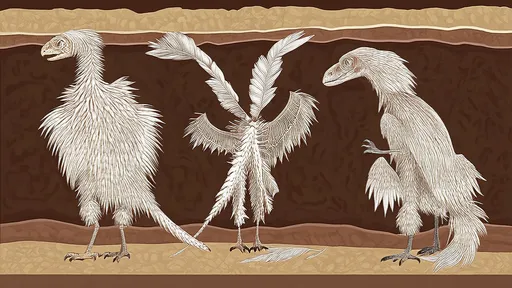
By /Jul 7, 2025
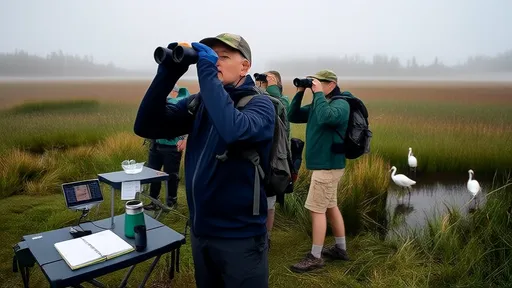
By /Jul 7, 2025

By /Jul 7, 2025
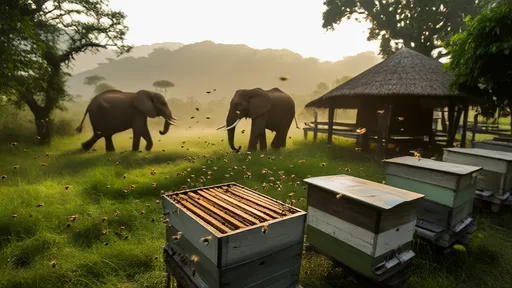
By /Jul 7, 2025
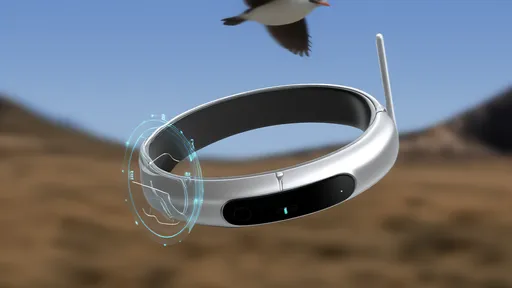
By /Jul 7, 2025